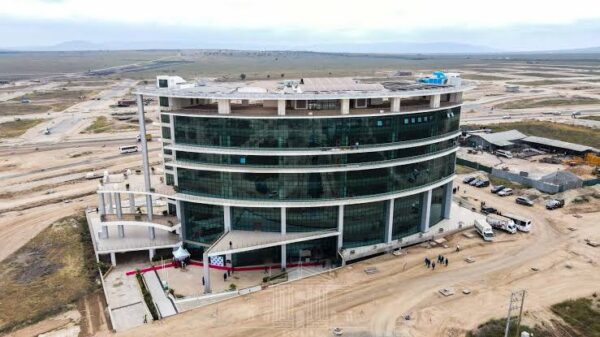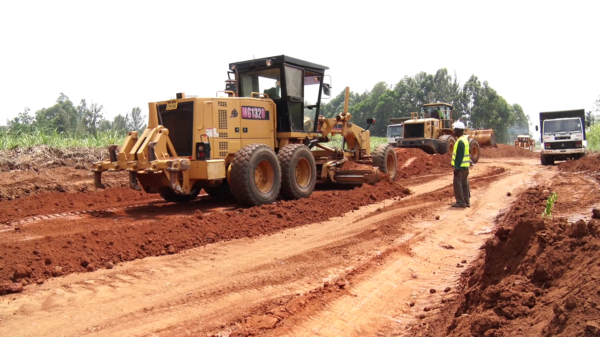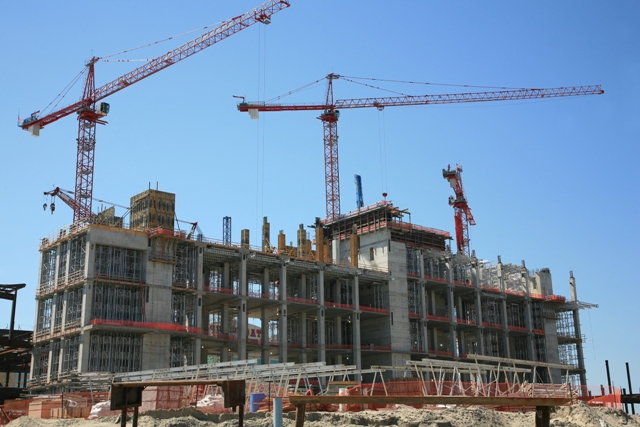This is according to a new report by Deloitte which states that construction projects that had broken ground by 1 June 2016 – and are valued at Sh5 billion or higher – stood at 286 in 2016 compared to 301 recorded in the previous year.
Of these, East Africa contributed 43 projects valued at Sh2.8 trillion, a 52 percent drop from 2015.
“These construction trends reflect lower growth forecasts globally for 2016 and 2017,” said,” said John-Pierre Labuschagne, Infrastructure and Capital Projects Leader, Deloitte Africa, adding that the lower commodity prices over the past 24 months have acted as a drag on infrastructure spend.
As a result, spending in the extractive industries, such as mining and oil and gas, has declined sharply in the last 18 months.
“Not surprisingly, the share of mining projects more than halved to 2.8 percent while Oil & Gas decreased to 4.5 percent,” he said.
Consequently, the delayed mining projects have impacted the tax revenue available to governments, which in turn has a knock-on effect on infrastructure spending.
According to the report, the 2016 trends are similar to 2015, with the greatest number of mega projects recorded in the Transport sector followed by Real Estate, Energy & Power and Shipping & Ports. East Africa mirrored the continental data, with the Transport sector leading at 47%.
There are 15 Road and Bridge projects currently underway, while Energy and Power projects accounted for just over a quarter of all projects in the region worth US$10.7billion.
Of the 11 Energy and Power projects, six are renewable energy focused.
The Grand Ethiopian Renaissance Dam is the largest development in East Africa at US$4.1 billion, while the Lake Turkana Wind Power Project is the single largest private sector investment in Kenya’s history.
“The suspension of the Bagamoyo Port Project (worth US$11 billion), due to austerity measures introduced in Tanzania in order to reduce the widening budget deficit, has resulted in a significant decrease in the value of ongoing projects in East Africa,” said J-P.
As a region, West Africa bucked the trend to record an increase in the number of projects, reporting the most projects – 92 up from 72 – and recorded the most value – US$120billion.
Despite the region’s strong showing, South Africa was the single country with the largest number of projects – 41 – followed by Nigeria with 38.
However, Southern Africa recorded 85 projects from 109 previously, valued at a cumulative $93 billion from $140 billion previously.
In terms of financing the infrastructure capital developments, African Development Finance Institutions (DFIs) and China together fund nearly half of all mega projects in the region, with each funding 23.3 percent.
International DFIs accounted for 18.6 percent in 2016, while Governments on the other hand own majority of the projects 86 percent.
On project implementers, China is the most visible builder developing 41.9 percent of all projects in East Africa.
Across the continent, Chinese interest in evident in the Energy and Power sector, where they are involved in the construction of 11 of the identified hydropower projects, while funding nine.



































